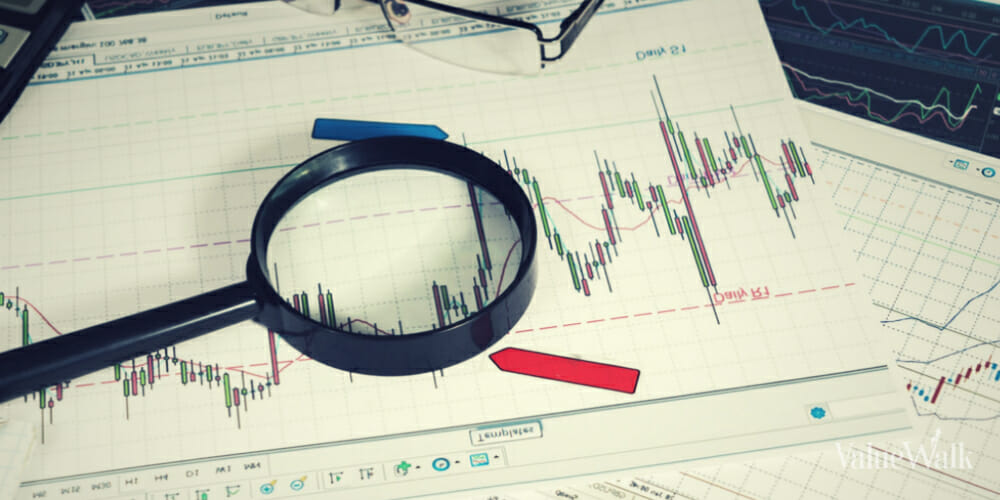Also see
- Q3 2016 hedge fund letters
- Q2 2016 hedge fund letters
He (Keynes) remained an active speculator, an exhausting and dangerous pastime in that turbulent decade. … Buying and selling on margin, he was able to leverage his positions substantially and his portfolio could be very volatile. [After losing everything in 1919-1920 and requiring a bailout] he began 1923 with about $125,000 … During the next five years, he doubled his money, making most of it trading commodities and currencies, rather than stocks. … But as 1928 progressed, his portfolio began to unravel. He sustained substantial losses in April when rubber prices collapsed by 50% as the world cartel broke down, forcing him to liquidate large holdings to meet margin requirements.
The price for being a speculator was that all these miscalculations wrought havoc on his net worth. By the middle of 1929, he had lost almost three-quarters of his money. The only saving grace was that in order to meet his margin payments, he was forced to liquidate much of his stock portfolio and entered the turmoil of 1929 only modestly invested in the market. …
During the 1930s, Keynes’s speculative activities made him a rich man. After losing 80% of his money when commodity prices collapsed after 1928, he … ended 1929 with a portfolio of under $40,000. He shifted his strategy from short term speculation to longterm investment and at the lows of the Depression put together a concentrated portfolio of a select number of British and American equities. Convinced that Roosevelt would succeed in reviving the U.S. economy, Keynes used margin to leverage his portfolio … By 1936, his net worth was close to $2.5 million—the equivalent today of $30 million. Though the bear market of 1937 more than halved this, by 1943 it had recovered to $2 million.
Liaquat Ahamed — Lords of Finance: The Bankers Who Broke the World (2009)
John Maynard Keynes as Investor-Speculator: A More Balanced Assessment
John Maynard Keynes (1st Baron Keynes of Tilton, 1883-1946) is usually remembered as the author of The General Theory of Employment, Interest and Money (1936) and the father of “Keynesian economics.” He was probably the most famous and influential – and certainly the most destructive1 – economist of the 20th century. Only infrequently, in contrast, has he been recalled as a speculator who lost heavily, learnt hard lessons and became an investor. One of today’s most prominent Keynesians, Paul Krugman, apparently didn’t know until John Wasik (the author of Keynes’s Way to Wealth, McGraw-Hill, 2014) informed him that Keynes managed several investment vehicles – one of which he ran into the ground.
“Regardless of how you feel about his theories on the need for governmental intervention in the economy,” writes Jason Zweig in Keynes One Mean Money Manager (The Wall Street Journal, 2 April 2012), Keynes has, among those who’re aware of this aspect of his life, “long … had a reputation as an outstanding investor.” Warren Buffett hasn’t just lauded Keynes’s investment acumen: he’s cited Keynes as a forerunner of his investment philosophy.2 In his 1988 Letter to Berkshire Hathaway’s shareholders, Buffett stated that “Keynes … began as a market-timer (leaning on business and credit-cycle theory) and converted, after much thought, to value investing.” In his 1991 Letter, Buffett enthused that Keynes’s “brilliance as a practicing investor matched his brilliance in thought.” Zweig extolled Keynes even more highly:
Similarly, John Wasik claims that Keynes was a “stunningly successful investor;” and the blurb in the jacket accompanying Justyn Walsh’s book4 lauds his
As evidence of their claims, Zweig, Walsh and Wasik cite the research of academics such as Chambers and Dimson. Alas, the non-academics overstate and perhaps even misrepresent the results of the academics’ research. Chambers and Dimson, who claim that they “provide the first detailed analysis of [Keynes’s] investment ability in terms of his management of portfolios,” actually find, in their own words, that “previous studies … claimed that Keynes’s performance for [King’s College of the University of Cambridge] was stellar. Our results, however, qualify this view.” Specifically, “his investment performance for King’s College, whilst impressive, was not the uninterrupted success that has previously been believed.”5
Seven Aspects of a More Balanced Assessment
I reanalyse data compiled by (1) Chambers and Dimson and (2) Moggridge. Unlike the academics, I analyse Keynes’s personal portfolio as well as the main external one (i.e., the “Discretionary Portfolio” of King’s College) over which he possessed virtually unfettered discretion. When I
I find that his overall results were indeed excellent (albeit extremely volatile); but they weren’t as good as Chambers and Dimson state – and not phenomenal as Walsh, Wasik and Zweig imply. Moreover,
Finally, I add four set of points that put Keynes, his modus operandi and results into perspective:
[drizzle]Chambers and Dimson, as well as Walsh and Wasik, rightly conclude that Keynes learnt from adverse experience. Fortunately, he saw the light at just the right time. But was he, as Zweig gushes, “one of the greatest investors of the past century”? That’s an exaggeration. He was a courageous innovator who achieved excellent long-term results; but he was also extremely well-connected – and his contacts allowed him to borrow heavily and repeatedly saved him from oblivion. In that sense, too, he was lucky. Keynes the investor (unlike Keynes the economist) deserves study and in some respects emulation – but not veneration.
See the full PDF below.
[/drizzle]





